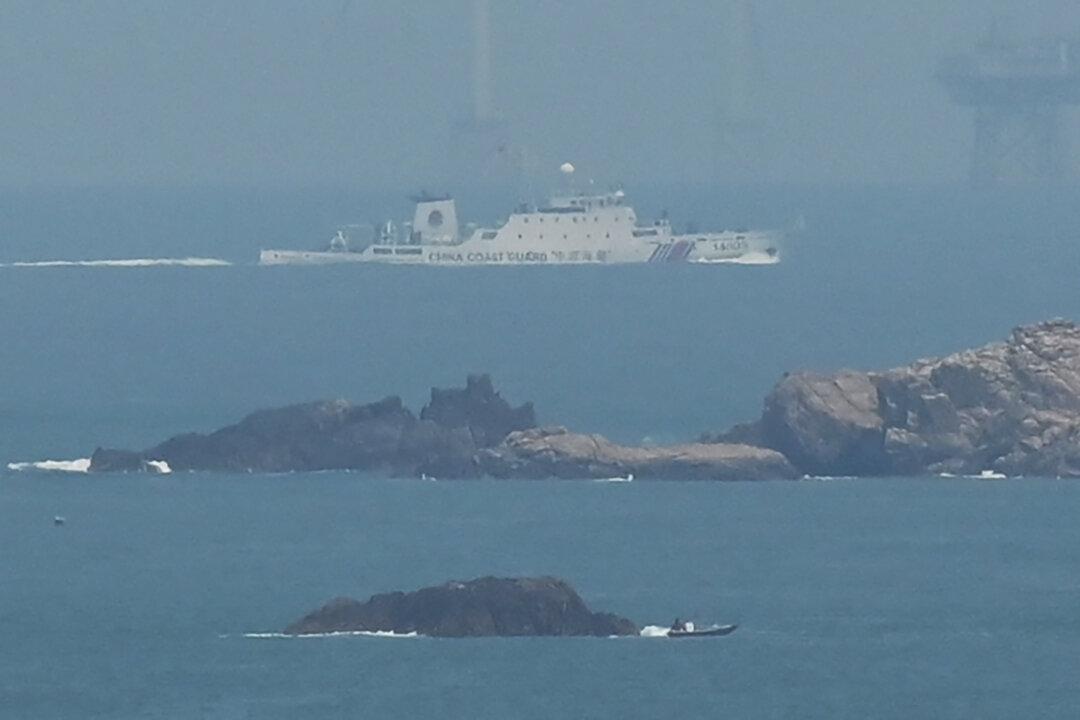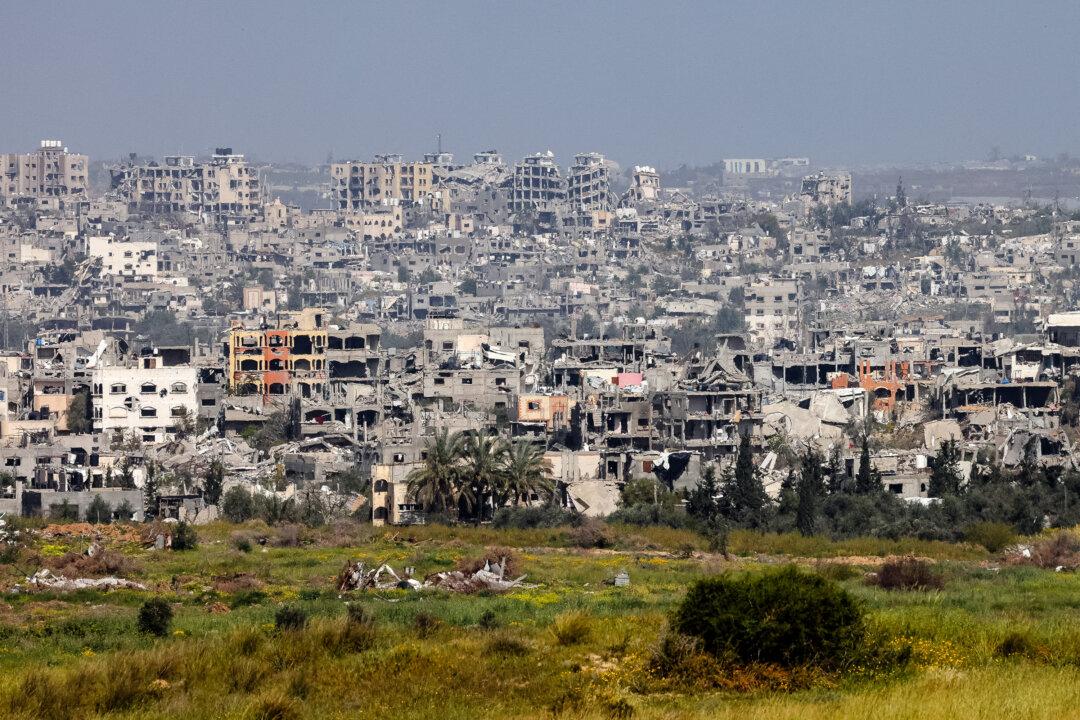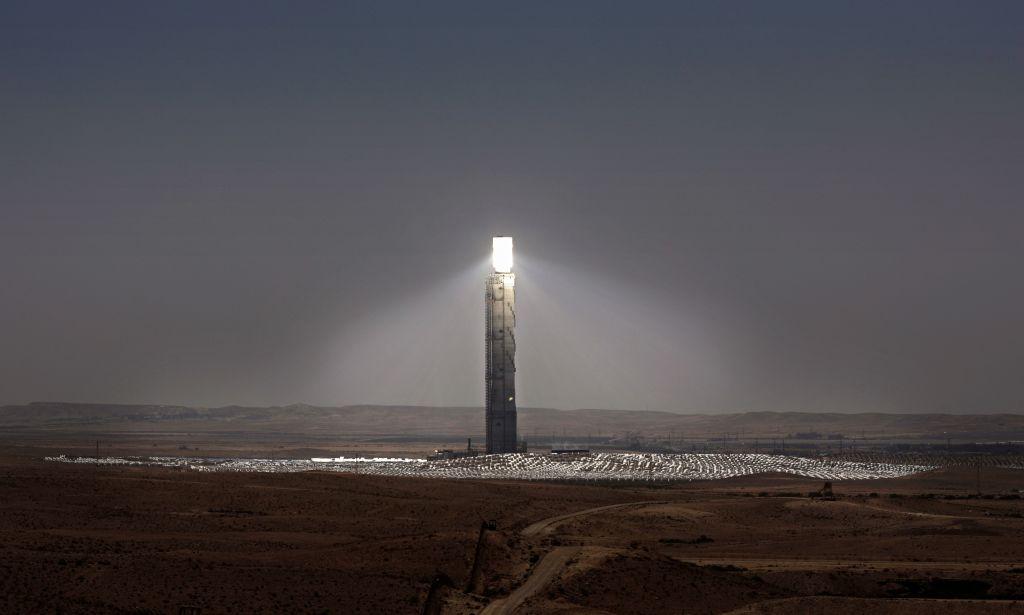Commentary
As North America suffers from Canada’s out-of-control forest fires, the Canadian government shuns responsibility. Instead of acknowledging its failure to follow tried-and-true forest-management procedures, the government instead points the finger at climate change.
“We’re seeing more and more of these fires because of climate change,” Prime Minister Trudeau tweeted. “These fires are affecting everyday routines, lives and livelihoods, and our air quality.”
Environment Minister
Steven Guilbeault concurred, tweeting: “The ongoing wildfires remind us that carbon pollution carries a cost on our society, as it accelerates climate change.”
Except Canada is not “seeing more and more of these fires.” According to the
National Forestry Database, which shows year-to-year fluctuations in the number of fires, Canada on the whole has been seeing less and less of these fires. In the 1990s, Canada had years when 10,000 fires raged; more recently, the numbers have often been half that, at about 6,000 fires per year, with just 4,000 fires in 2020.
There is no correlation between the number of fires and the climate change the government refers to. This year’s number, despite the widespread calamity created in New York and other locations from the smoke,
may not even surpass the numbers seen in the 1990s.
The government’s confusion is understandable since carbon dioxide has indeed been increasing in the atmosphere. Thanks to this steady enrichment, the parts-per-million count of CO2—also known as “Nature’s Fertilizer”—has now reached 418 parts per million. But the acceleration of CO2 hasn’t accelerated climate change: Global temperatures have been
dropping since 2015 and are also far lower than their peak in
1997, when the CO2 count was about 370 parts per million. Just as there’s no correlation between the number of fires and climate change, there’s no correlation between CO2 and temperatures.
One correlation with CO2 does exist, however—the more CO2, the more plant growth, including
tree growth. As seen in satellite data since 1979, when satellites first started measuring Earth’s biota, Canada’s forests have been thickening and the
treeline has been expanding northward. Far from being the enemy of the forest, CO2 is its biggest booster.
Not so Canada’s governments, which for decades have been mismanaging the country’s forests. As noted in a 2021 editorial by The
Globe and Mail, “Canada’s massive wildfires are the result of decades of bad decisions. Time to make better decisions,” governments have been playing with fire in their failure to take needed action to manage the country’s forests.
“Widespread wildfires have become too common, as a result of decades of decisions around fire suppression, logging and replanting,” it stated. “Forest fires cannot be prevented. But tools are available to mitigate and contain the damage.”
Those tools, which include thinning, pruning, and especially prescribed burns, are an ecological necessity. Many plant and bird species depend upon forest fires, as does the health of forests—fires prevent disease in trees by controlling insects that attack them. As explained by
British Columbia’s Ministry of Forests, a prescribed fire is “an effective tool for reducing fire hazards because it helps decrease fuel loads. ... Prescribed fires also help reduce the intensity of future wildfires by removing understory vegetation.”
Canadian governments, especially those claiming climate change to be a priority, had no excuse for their failure to order prescribed burns, since small prescribed burns of low-value trees and brush are widely believed to
reduce CO2 emissions by locking in the carbon in the large, magnificent trees.
Had federal and provincial governments had the right priorities, and done right by forests by managing them prudently, they would have their forests as well as the carbon mitigation policy they seek. Instead, both trees and carbon policies go up in smoke, and all governments can then do is blame third parties for the firestorms they themselves brought down on us.
Views expressed in this article are opinions of the author and do not necessarily reflect the views of The Epoch Times.






